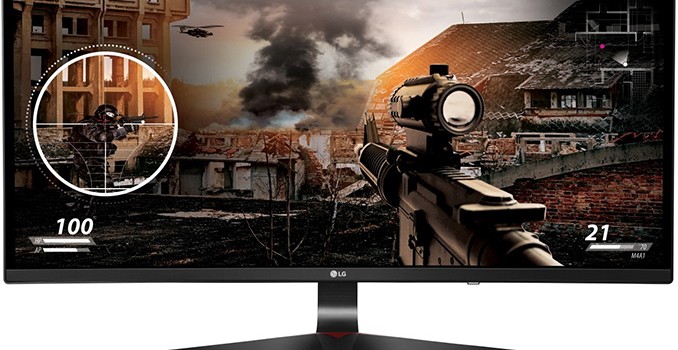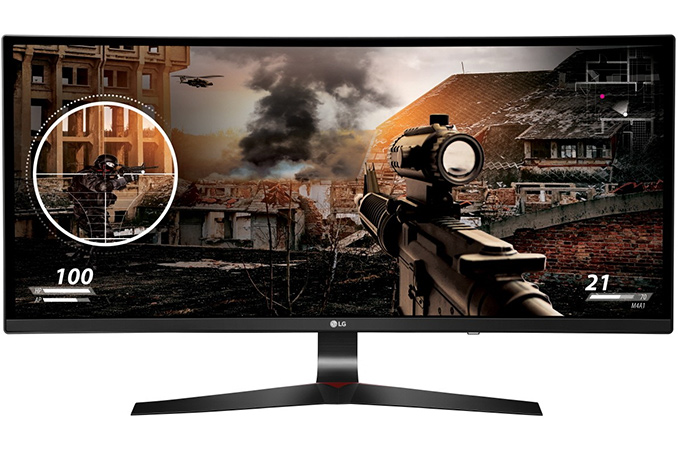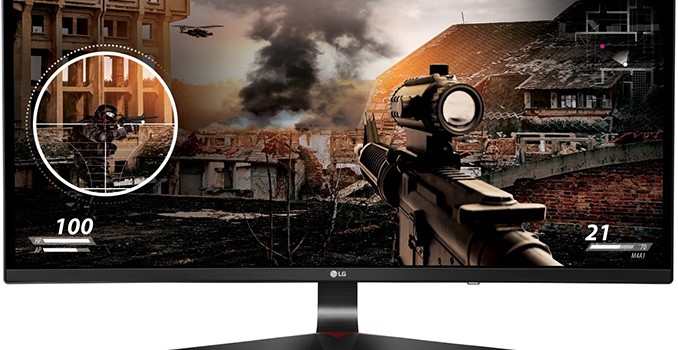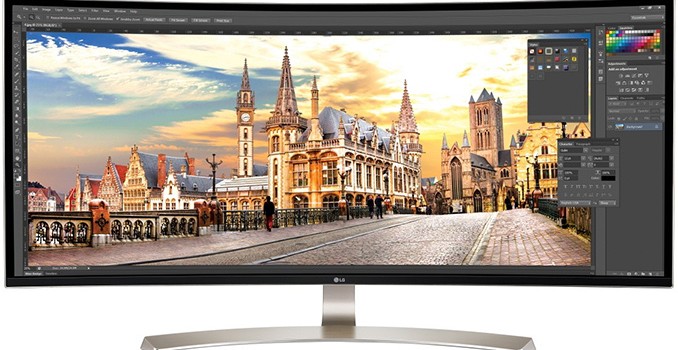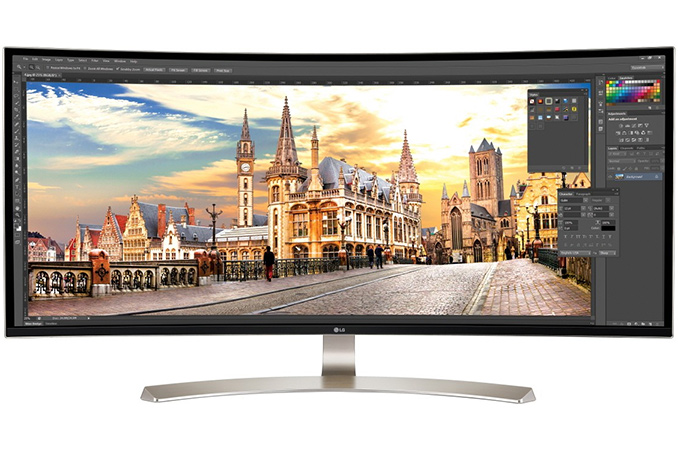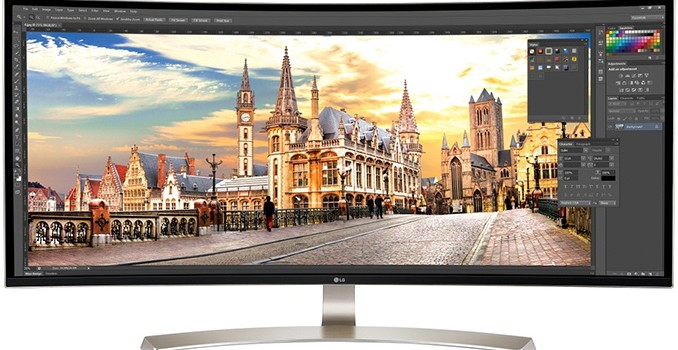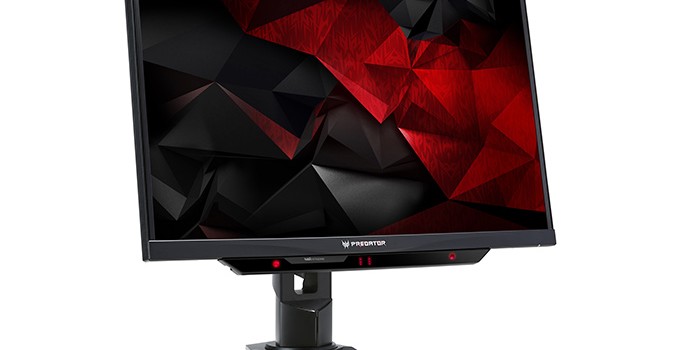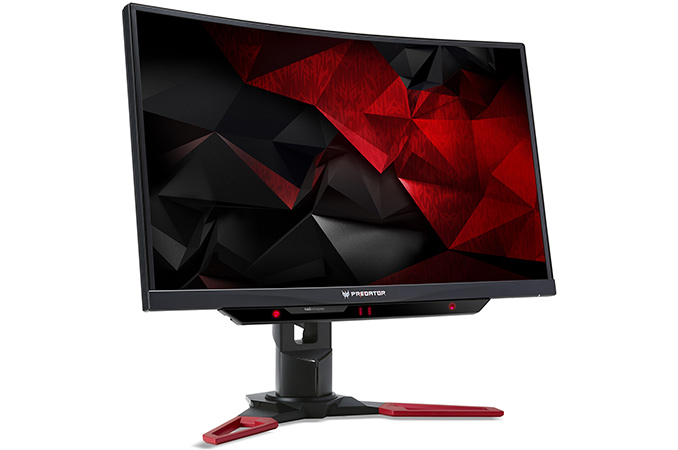LG Announces the 34UC79G: 34-Inch Curved 21:9 Display with 2560 × 1080 Resolution, 144 Hz Refresh Rate for $700
LG was one of the first suppliers to bring displays with 21:9 aspect ratio to consumers a couple of years ago, and at IFA 2016 the company introduced its new ultra-wide monitor for demanding gamers, the LG 34UC79G. The gaming display offers an interesting mix of features, combining a curved 2560×1080 panel with support for AMD’s FreeSync technology, and a maximum refresh rate of 144 Hz.
Drilling down, the LG UltraWide 34UC79G’s differentiating features are clearly meant to be its curved panel and refresh rate, courtesy of a new panel from LG. High refresh rate curved displays have been rare up until now, with entries such as Acer’s Predator Z35 and ASUS’ ROG Swift PG348Q essentially being overclocked versions of older panels. Looking at LG’s new panel under the hood, we have AH-IPS panel with a resolution of 2560×1080, a 5ms GtG response time, a peak brightness of 300 nits, and a contrast ratio of 1000:1. The panel is capable of a native 144 Hz refresh rate, making the 34UC79G a pretty exclusive monitor.
| LG UltraWide 34UC79G | |
| Panel | 34″ AH-IPS |
| Native Resolution | 2560 × 1080 |
| Refresh Rate | 144 Hz |
| Response Time | 5 ms gray-to-gray |
| Brightness | 250 cd/m² |
| Contrast | 1000:1 |
| Viewing Angles | 178°/178° horizontal/vertical |
| Pixel Pitch | 0.312 mm |
| Curvature | 3800R (?) |
| Anti-Glare Coating | Yes |
| Inputs | DisplayPort 1.2 HDMI |
| USB Hub | 2-port USB 3.0 hub: two USB-A receptacles, one supports fast charging |
| Audio | 7 W × 2 audio in/out ports |
| Launch Price | $699 |
LG positions its 34UC79G as an “ultimate” solution for gamers, which is why the trade-off between high refresh rate and high resolution seems to be reasonable, at least until LG Display starts to produce ultra-wide panels with higher resolutions and increased refresh rate. LG claims that the monitor supports the range of dynamic refresh rates between 50 and 144 Hz, which seems to be a good implementation of AMD’s FreeSync technology.
To connect to PC, the LG 34UC79G can use an HDMI or one of two DisplayPort 1.2a connectors. The monitor also has a dual-port USB 3.0 hub to connect a mouse and a keyboard (it even has a special holder for their cable management). Besides, the company also integrated two 7 W speakers with MaxxAudio surround technology into the display, which could be useful for those, who do not have enough desk space for sizeable speakers.
The LG 34UC79G display is already available in the U.S. for $699.99, other markets are expected to follow shortly.

